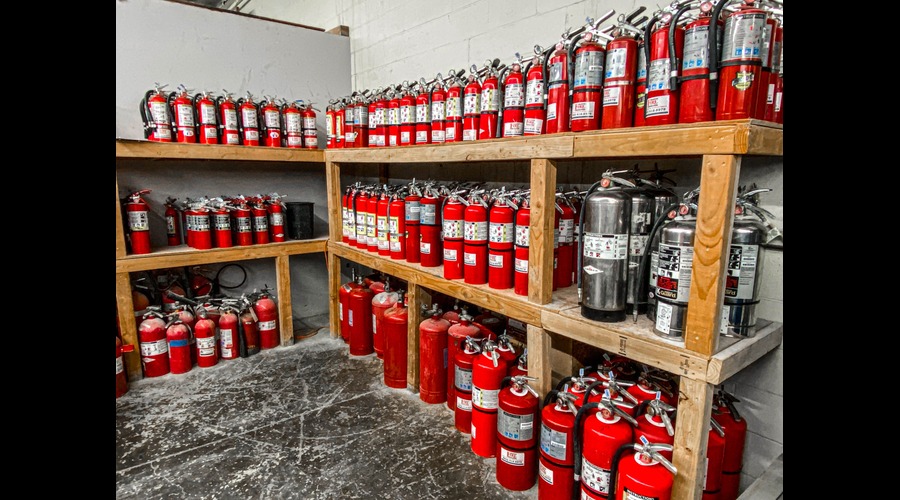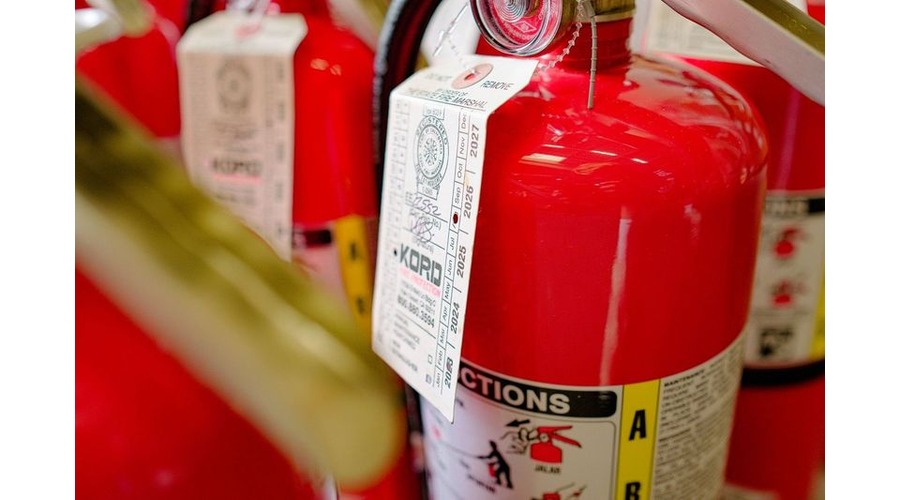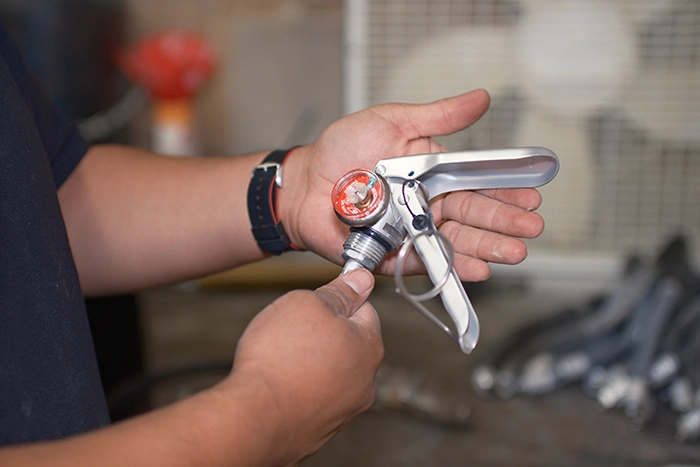Introduction: Fire extinguishers are essential safety tools designed to combat various types of fires. To effectively deal with electrical fires, it’s crucial to understand which type of fire extinguisher is best suited for this specific hazard. In this guide, we’ll explore the importance of using Class C fire extinguishers and provide essential insights into electrical fire safety.
Section 1: Understanding Electrical Fires Fire outbreaks caused by electrical faults are a common occurrence. These fires can stem from a variety of sources, including short circuits, faulty wiring, overloaded devices, damaged wires, broken outlets, or poor installation of lighting systems. Recognizing the potential dangers posed by electrical fires is the first step in ensuring a safe response.
Section 2: The Role of Class C Fire Extinguishers Class C fire extinguishers are specially designed to combat fires ignited by electrical sources. When dealing with energized electrical fires, it’s imperative to cut off the electricity supply before attempting to extinguish the blaze. Failing to do so can worsen the situation and lead to catastrophic consequences. Class C extinguishers are equipped to handle such scenarios effectively.
Section 3: Non-Conductive Agents for Electrical Fires Unlike traditional foam-based extinguishers, which can pose a severe hazard when used on electrical fires due to their conductivity, Class C fire extinguishers contain non-conductive materials. These extinguishers are formulated with substances like potassium chloride, mono-ammonium phosphate, or potassium bicarbonate. These agents are safe to use on electrical fires and help smother the flames without introducing electrical conductivity risks.
Section 4: The Role of Carbon Dioxide (CO2) Extinguishers Some Class C fire extinguishers utilize carbon dioxide (CO2) to control electrical fires. CO2 extinguishers work by displacing oxygen, effectively starving the fire of its essential element. Additionally, CO2 extinguishing agents maintain a low temperature when applied to the fire, helping to cool and suppress the blaze.
Section 5: Preparedness and Safety Measures Ensuring safety during electrical fire emergencies requires a proactive approach. Regular inspections of electrical systems and circuits are vital to prevent potential hazards. Trained professionals should be consulted to assess and maintain electrical systems to mitigate the risk of fire outbreaks. Additionally, maintaining fire safety equipment, including fire extinguishers, in optimal working condition is essential for quick and effective response when needed.
Conclusion: In the realm of fire safety, knowing which fire extinguisher to use in specific situations is paramount. When dealing with electrical fires, Class C fire extinguishers and those containing non-conductive materials are your best allies. By staying informed, conducting regular inspections, and being prepared, you can minimize the risks associated with electrical fires and ensure the safety of your workplace or building.




